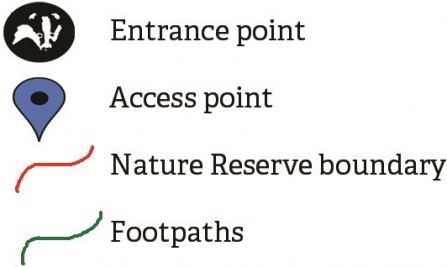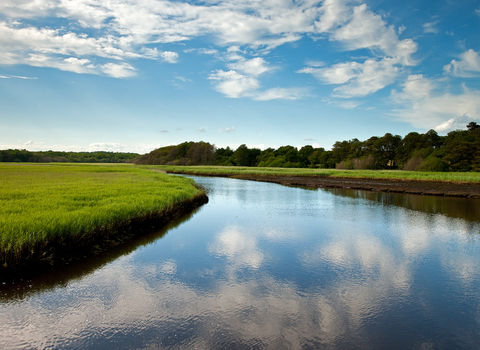
© John Windust
Lymington and Keyhaven Marshes Nature Reserve
Know before you go
Dogs
Guide dogs and Assistance dogs only. Otherwise dogs under control allowed on seawall path beside reserve, but note NO DOGS on the reserve itself
When to visit
Opening times
Open at all times.Best time to visit
Visit in spring to see arriving migrants such as wheatear, swallow, terns. Winter brings large flocks of brent geese, wigeon, pintail, waders.About the reserve
Lymington and Keyhaven Marshes is a beautiful area of coastline. The internationally important coastal marshes and mudflats are teeming with fish and, as a result, thousands of sea birds and waders flock here.
The Trust leases the offshore coastal marsh and mudflats to help protect this unique and historical coastal habitat.
Covering nearly 740 hectares between the mouth of the Lymington River and the village of Keyhaven, this coastal reserve offers fantastic views across the Solent to Hurst Castle and the Isle of Wight.
Although this is our largest nature reserve, it is not one for exploring but for admiring the stunning vistas.
Visit in the spring to see arriving migrant birds such as wheatear, swallow and tern. Vast numbers of black-headed gull can be found nesting on the islands among the mudflats and open water. Out at sea, cormorant dive for fish beneath the waves.
Listen to the distinctive high-pitched sounds of redshank and oystercatcher as they wade through the marshes, looking for crustaceans, fish and molluscs to feed on.
In summer, discover specialist, salt-tolerant plants among the shingle banks on Hurst Spit. Yellow horned-poppy, sea campion and sea aster flourish here, surviving the salt spray carried on the breeze.
Special Features:
- The seawall offers stunning views across the mudflats, where a wealth of different bird species come to feed. In winter, admire the mass gathering of Brent geese, grey plover, dunlin and black-tailed godwit, that all roost and feed in the sheltered marshes.
- Keep your eyes peeled for hunting birds of prey, including marsh harrier, peregrine falcon and merlin.
Habitat
Contact us
Environmental designation
Location map



